New start in Neustadt
The Naval Re-employment Centre (ZWE Mar) at the Neustadt in Holstein site is a sub-unit of the Naval NCO School. Its mission is to ensure the reintegration of former servicewomen and men - including those from other branches of the armed forces - into the navy. Due to changes in the framework conditions, such as the abolition of age restrictions for re-entry into the Bundeswehr, there has been a noticeable influx of former servicemen and women into the armed forces in recent years. In this context, as part of a project to make basic training capacities more flexible and increase them, the organisational areas were requested in 2016 to "waive the complete repetition of basic training (GA) for reenlisted personnel...
Read More
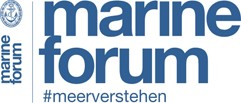
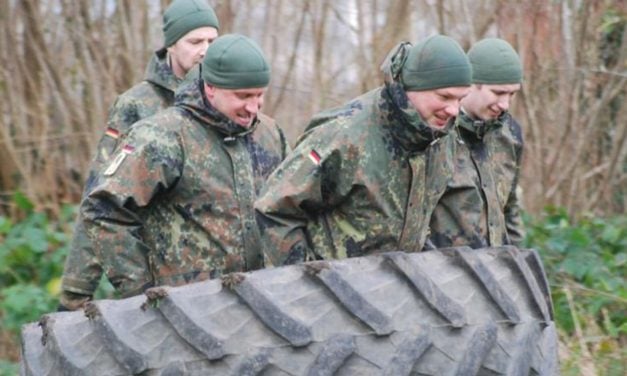
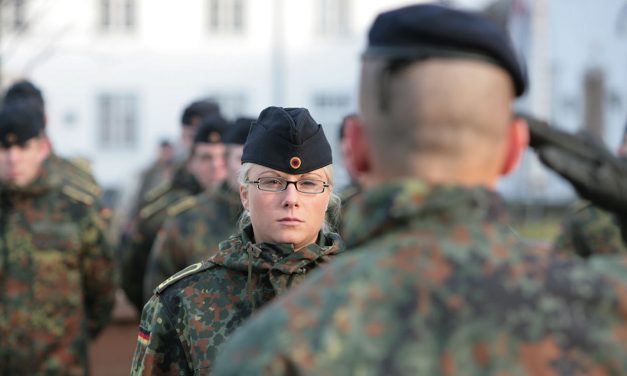
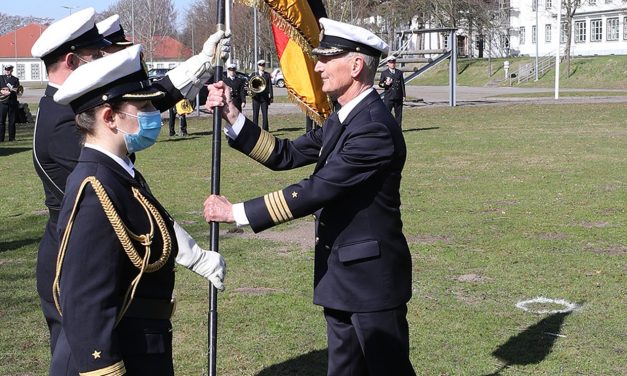
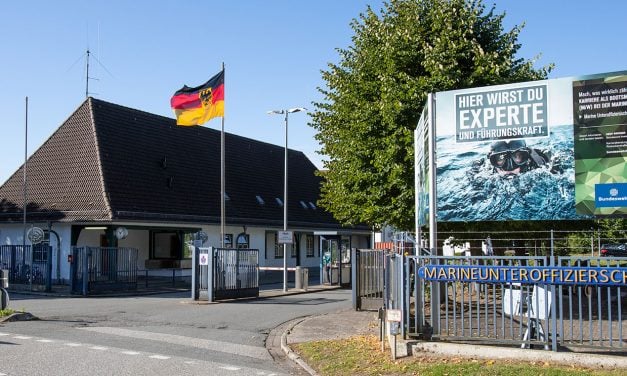
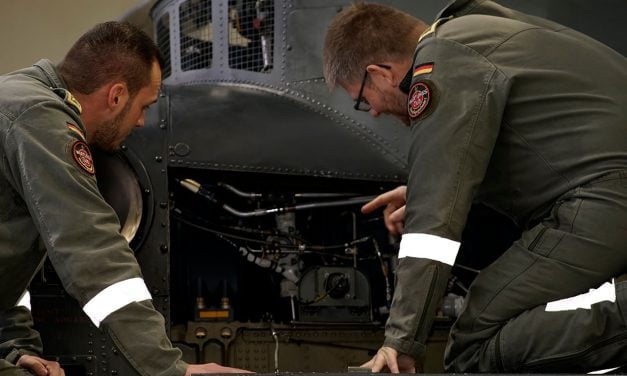
Latest comments